Address Unknown (1938)
(The title is actually a mistranslation of the term "Adressat unbekannt," which is marked on the last envelope. The correct translation of "Adressat" is "addressee," not "address"; which is much more in keeping with the plot of the story.) It is the story of two German friends and business partners, art dealers in San Francisco. Martin, a gentile, returns with his family to Germany, exhilarated by the advances in the old country since the humiliation of the Great War. The Jewish partner, Max, remains in the States to keep the business going. The story is told entirely in letters between them, from 1932 to 1934, the technique used in 84 Charing Cross Road.
Martin writes about the wonderful Third Reich and this fellow Hitler. At first Max is covetous: "How I envy you! ... You go to a democratic Germany, a land with a deep culture and the beginnings of a fine political freedom."
But Max soon doubts his friend’s enthusiasm, having heard from eyewitnesses who got out of Berlin that Jews were being beaten and their businesses boycotted. Martin responds, telling Max that, while they may be good friends, everybody knows that Jews have been the universal scapegoats, and "a few must suffer for the millions to be saved."
"This Jew trouble is only an incident," Martin says. "Something bigger is happening." Nonetheless, he asks Max to stop writing to him. If a letter were intercepted, he (Martin) would lose his official position and he and his family would be endangered.
Max writes anyhow when his own sister, an actress in Berlin, goes missing. He becomes frantic to learn her fate. Martin responds on bank stationery (less likely to be inspected) and tells Max his sister is dead. He admits that he turned Griselle away when she came to him, her brother’s dearest friend, for sanctuary.
There is a gap of about a month. After that, Max starts writing letters to Martin at home, carrying only what looks like business and remarks about the weather, but written as though they have a hidden encoded meaning, with strange references to exact dimensions of pictures and so on. The letters refer to "our grandmother" and imply that Martin is also Jewish. The letters from Munich to San Francisco get shorter and more panicky, begging Max to stop: "My God, Max, do you know what you do? ... These letters you have sent ... are not delivered, but they bring me in and ... demand I give them the code ... I beg you, Max, no more, no more! Stop while I can be saved."
But Max continues: "Prepare these for distribution by March 24th: Rubens 12 by 77, blue; Giotto 1 by 317, green and white; Poussin 20 by 90, red and white."
At last a letter is returned to Max, stamped: Adressat unbekannt. Addressee Unknown.
The book’s "Afterword," lovingly written by Mrs. Taylor’s son, says that the idea for her story came from a small news article: American students in Germany wrote home with the truth about the Nazi atrocities, a truth most Americans, including Charles Lindbergh, would not accept. Fraternity brothers thought it would be funny to send them letters making fun of Hitler, and they wrote back, "Stop it. We’re in danger. These people don’t fool around. You could murder [someone] by writing letters to him." Thus emerged the idea of "letter as weapon" or "murder by mail."
Address Unknown was performed as a stage play in France, 2001, in Israel from 2002 (still running) and at the Promenade Theater, New York, 2004. It has also been performed in Germany, Italy, Turkey,Argentina, South Africa and in various cities of the USA.
Address Unknown (Cimzett Ismeretlen) premieres on the stage of Spinoza Haz in Budapest, Hungary on September 6, 2008.
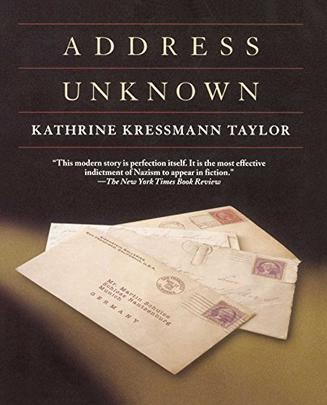 Address Unknowntxt,chm,pdf,epub,mobi下载
Address Unknowntxt,chm,pdf,epub,mobi下载 首页
首页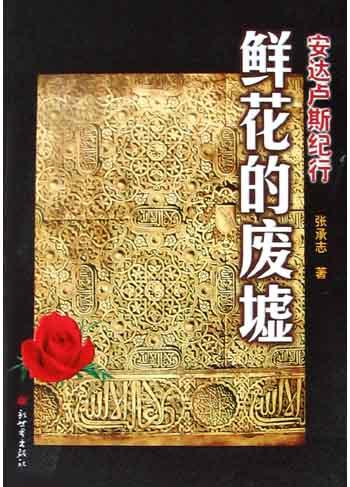
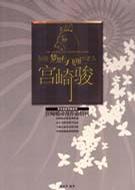
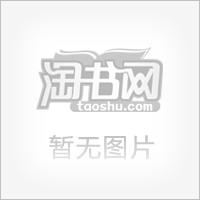
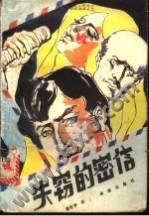
给了我一个近乎完美的解释。
比较有兴趣
哲学问题
大大点赞!